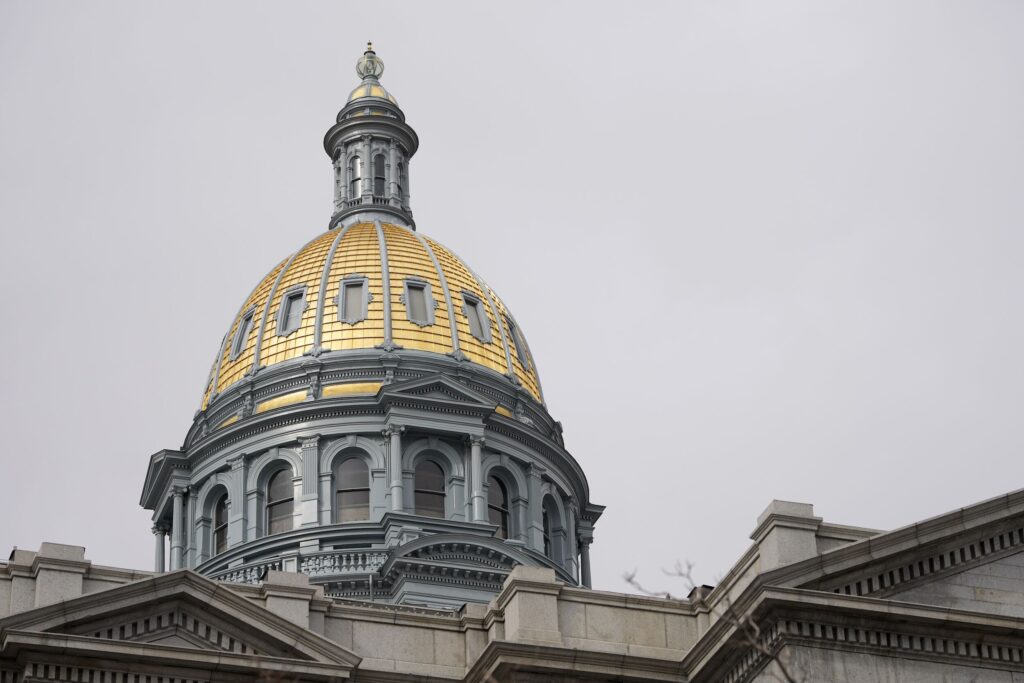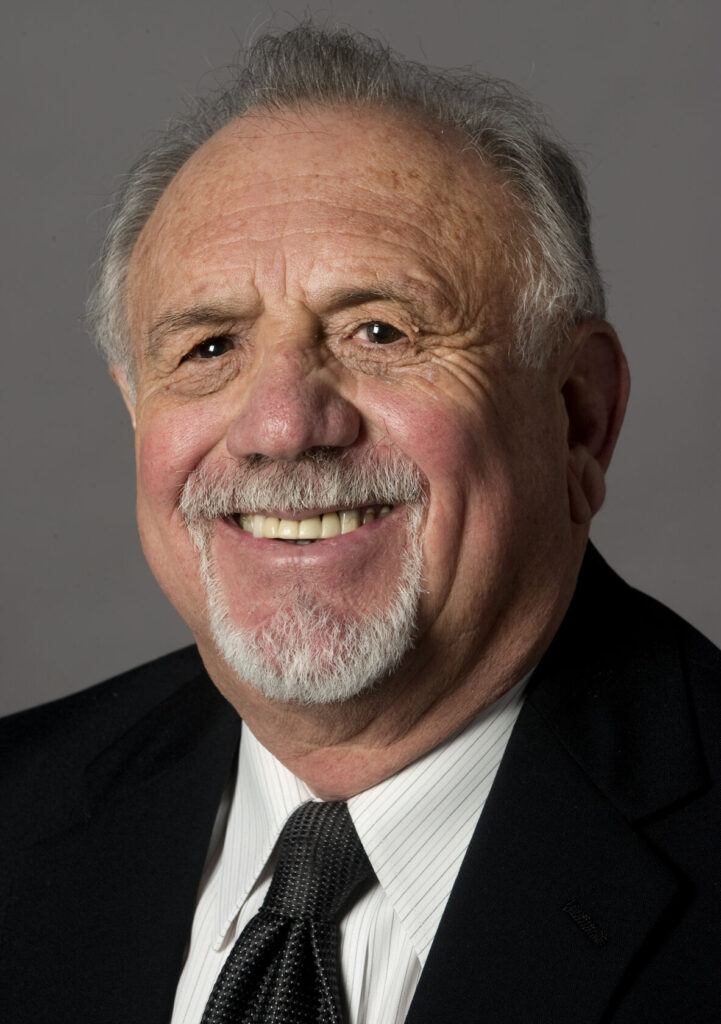NOONAN | The incredible cost of plugging oil wells


How good are you at interpreting the state constitution and calculating math problems? These are the issues facing the Colorado Oil and Gas Conservation Commission (COGCC) this week through the middle of February in its rule making related to shutting down energy wells.
The first question in front of the COGCC is how much oil and gas companies should put up to cover the prospective cost of closing their wells. The second question is whether that money should be put up in total before they drill or sell a hole as well as to cover holes they’ve already dug.
Here are the numbers: Colorado has 51,798 wells. Maybe there are more since Colorado’s drilling started at the beginning of the Civil War in 1860. Of that number, 9,586 are non-producing, 27,353 are low producing and pay no state severance tax, and 14,869 are producing and pay severance tax (18.5%, 52.8%, 28.7%).
Here’s what the Constitution of the State of Colorado says about the state’s debt encumbrances. “Neither the state, nor any county, city, town, township or school district shall lend or pledge the credit or faith thereof, directly or indirectly, in any manner to, or in aid of, any person, company or corporation, public or private, for any amount, or for any purpose whatever; or become responsible for any debt…”
The state has 450-plus orphaned wells on its hands. It has applied to the federal government for $47.34 million, or $105,000 per well, to cover plugging costs. But the COGCC draft rules on well bonding will require drillers to put up at most $78,000 per well. That leaves a $27,000 future per well shortfall between what the state is currently budgeting to pay and what the draft rules require of drillers at the high end of its tiered bonding structure.
This shortfall gets scarier when compared to the $170,000 per well plugging costs set by New Mexico and the $280,000 per well plugging cost set by the conservative state of North Dakota. Carbon Tracker, an independent financial think tank, puts Colorado’s average well plugging price tag at $150,000.
The fact is that until someone gets into the nuts and bolts of plugging a well, the cost is a guess, not a set number. Some wells, especially shallow wells of yesteryear, may cost less to close than the much deeper and longer fracking wells drilled today. Some of the fracking wells may cost much more than the the $105,000 number. Well plugging in the City of Los Angeles is over $1 million for some holes.
Based on $150,000 per well, the total cost for plugging Colorado’s holes is in the $7.7 billion range. The COGCC says the liability is $634 million. So on the one hand, Chevron, with its 6,400 wells, would have a $960 million liability at the $150,000 number. Based on the state’s draft rules, Chevron’s liability drops to $6 million for 4,000 wells, and $1,500 per well for every well over 4,000.
One of the arguments over bonding, especially full-cost bonding, is that drillers can’t afford to pay the bill. That’s where the constitution comes into play. If smaller drillers, or any drillers, can’t afford to pay to plug their wells, who will pay? Right now, apparently the state and the federal government will pay. And the state and federal government will probably be on the hook for additional funds to cover leaks from wells plugged twenty years or more ago.
Some argue that requiring full bonding of $150,000 per well will overcharge some drillers for some holes. The counter argument is that if there’s a difference between the $150,000 bond and the actual cost of plugging a hole, the leftover money will be refunded. No harm, no foul.
Some argue that full cost bonding now at $150,000 for every well currently owned – whether non-producing, stripper, or producing – will bankrupt some companies. The companies might then walk away from their liability. The counter argument is that if they can’t afford to plug their wells now, they won’t be able to ten years from now when demand for oil and gas is likely to be less.
So what should the rules be, people of Colorado? Who should be and who will be liable for plugging our 51,798 holes out there?
Paula Noonan owns Colorado Capitol Watch, the state’s premier legislature tracking platform.













